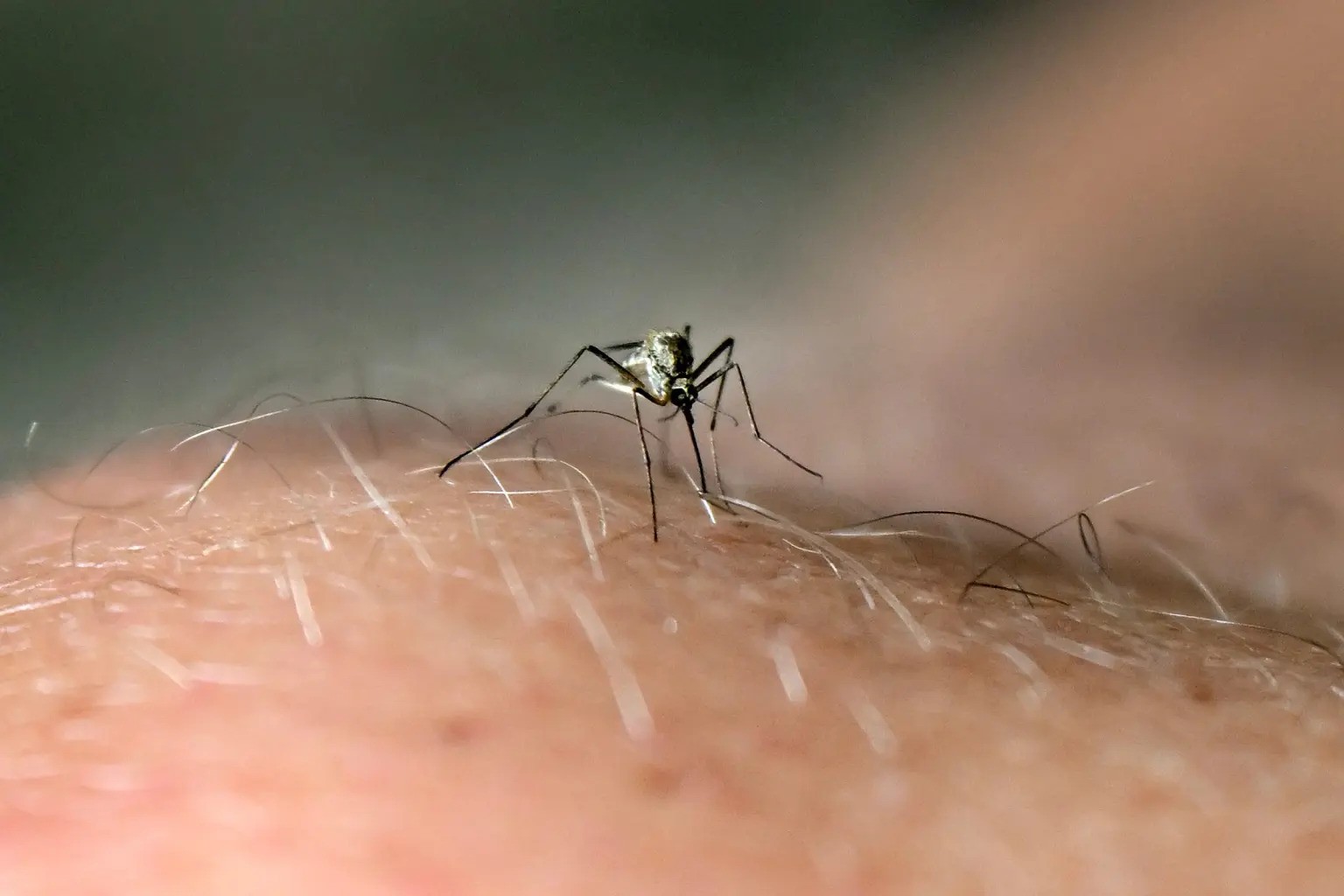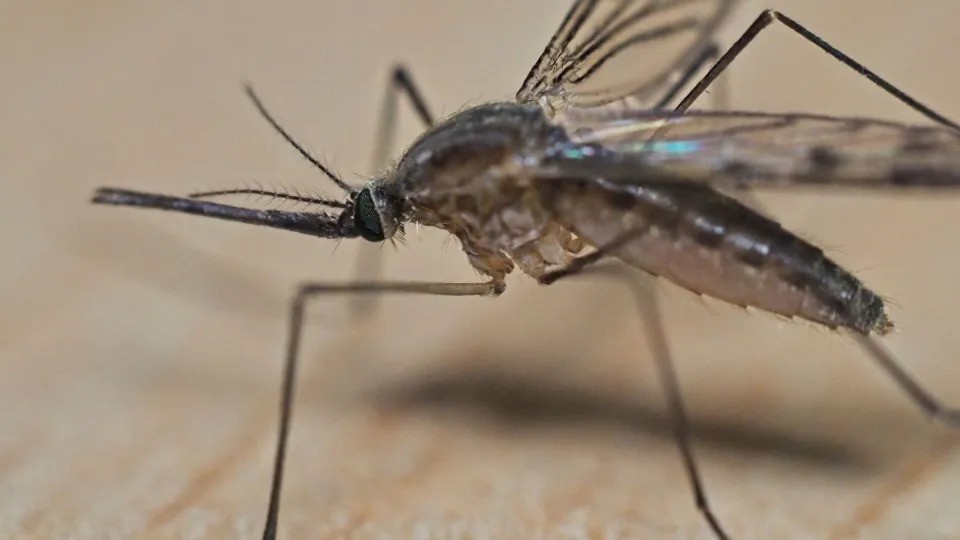Facing the threat of a potentially deadly mosquito-borne disease, four Massachusetts towns—Douglas, Oxford, Sutton, and Webster—are urging residents to stay indoors during evening hours. This decisive action follows the Massachusetts Department of Public Health confirming the first human case of Eastern equine encephalitis (EEE) since 2020 in Worcester County.
According to a public health advisory shared with Fox News Digital, the Oxford Board of Health voted on Wednesday to recommend that people remain indoors after 6:00 p.m., effective immediately through September 30. Starting October 1, the recommendation shifts to staying indoors after 5:00 p.m. until the first hard frost. The period from dusk through dawn is considered “peak mosquito hours,” the notice stated.
Evening Lockdowns to Combat EEE Threat
These four communities have been designated as “critical-risk” areas. “It is the Board of Health’s responsibility to protect the public health, and we take EEE very seriously, and we are strongly encouraging residents to follow these recommendations due to the severity of EEE and the fact that it is in our community,” a spokesperson for the town of Oxford said in an email to Fox News Digital. “So far this year in Massachusetts, there has only been one human case of EEE, but throughout the state, mosquitoes have tested positive for EEE.”

The infected person, who lives in Oxford, remains “hospitalized and courageously battling this virus,” according to a Wednesday memo from the Oxford town manager provided to Fox News Digital. The lockdowns are recommendations, and there will be no enforcement if residents do not comply, the town spokesperson said.
“We want to educate our residents about EEE and the seriousness of the illness and make them aware of the risk,” the statement continued. “However, if they want to use town fields outside these recommendations, they will have to show proof of insurance and sign an indemnification form.”
Understanding Eastern Equine Encephalitis
Oxford is collaborating with the other critical-risk communities, with all four issuing the same recommendations. “Schools are working to reschedule and adjust their sports schedules so practices and games occur before these evening times and on weekends,” the email noted.
Eastern equine encephalitis is caused by a virus spread through the bite of an infected mosquito, according to the U.S. Centers for Disease Control and Prevention (CDC), which describes EEE as a “rare but serious disease.” “Eastern equine encephalitis can cause brain infection (encephalitis), which can be fatal,” Edward Liu, MD, chief of infectious diseases at Hackensack Meridian Jersey Shore University Medical Center, told Fox News Digital.

Only a few cases are reported in the U.S. each year, mostly in Eastern or Gulf Coast states, the agency states on its website. Humans and other animals that contract the virus are considered “dead-end hosts,” meaning they can’t spread it to mosquitoes that bite them.
High-Risk Groups and Prevention Measures
Common symptoms of EEE include fever, vomiting, diarrhea, headache, stiff neck, seizures, behavioral changes, and drowsiness. These usually appear five to ten days after being bitten. The disease can be deadly, resulting in fatalities for 30% of infected people and leading to chronic neurological deficiencies, per the CDC.
“Older people and those who are immunocompromised are at the highest risk for mosquito-borne encephalitis,” according to Liu.
Prevention of mosquito bites is the most effective means of protection, experts say. “While evening lockdowns could be protective, other options would be educating the public of the risk, encouraging mosquito repellent usage, and spraying to prevent the prevalence of mosquitoes,” he advised.
Dr. John Ayers, vice chief of innovation in the Division of Infectious Diseases and Global Public Health at the University of California, San Diego, confirmed to Fox News Digital that EEE is “serious but extraordinarily rare.” “Without any overt prevention measures, cases remain substantially rarer than being struck by lightning,” he said.
He agrees that typical strategies to combat mosquito vector diseases include killing the mosquitoes, reducing areas with standing water where they can nest, and spraying to kill their larvae. “These viral encephalitides have no treatment, so prevention and supportive care is the only course of action,” Liu noted.
There is currently no vaccine for Eastern equine encephalitis.



